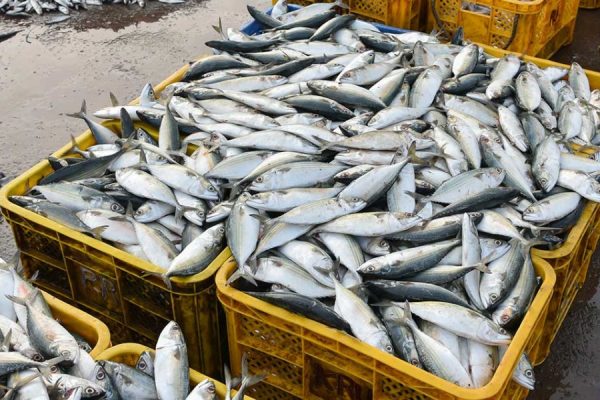Project Report For Marine Products Industry
Introduction
Project Report For Marine Products Industry is as follows.
The marine goods industry is the industry that harvests, processes, and distributes products generated from marine resources. It includes a wide variety of operations involving marine animals such as fish, shellfish, seaweed, and other marine-based items. The sector is important for global food security, economic development, and commerce.
Commercial fishing is a key component of the marine goods sector. Commercial fisherman collect fish and other marine species for human consumption using diverse methods such as trawling, longlining, and netting. These captures are subsequently processed and sold in domestic and foreign markets. Fish and marine products are highly recognised for their nutritional content and are an important source of protein for many communities across the world.
The marine goods business comprises the collecting and processing of additional marine resources, in addition to fish and seafood. Shellfish such as prawn, crab and lobster, as well as mollusks such as clams, oysters and mussels, fall under this category. Seaweed and algae are gathered for a variety of purposes, including food additives, medicines, cosmetics, and biofuels.
Aquaculture and mariculture are two examples of specialised techniques used in the production and exploitation of natural resources. The marine goods business makes a substantial contribution to the world economy. It creates jobs in fishing towns, processing factories, and allied businesses like packaging, shipping, and retail. Many coastal areas rely largely on the sector for money and survival.

Process Of Marine Products Industry
Fishing: The starting point in the process is the collection of marine resources, which may include fish, shellfish, seaweed, and other marine-based goods. Commercial fishermen catch fish and other target species using a variety of techniques such as trawling, longlining, and netting. Shellfish can be gathered by dredging, diving, or aquaculture. Algae and seaweed can be cultivated in a climate change or gathered in their natural habitats.
Processing: Once gathered, marine resources are processed to prepare them for consumption or other uses. Depending on the product, processing processes may involve cleaning, gutting, filleting, shucking, or peeling. To guarantee compliance with safety and regulatory standards, the processing step may also include quality control methods such as sorting, grading, and inspection.
Preservation and packaging: Following processing, marine items are preserved to ensure freshness and increase shelf life. Techniques such as chilling, freezing, canning, smoking, and drying may be used. Proper packaging is critical for product protection during shipping and storage. Cans, vacuum-sealed pouches, plastic containers, and specialised packaging for frozen food are examples of packaging materials.
Distribution and Logistics: Once the marine goods have been processed and packaged, they are delivered to various markets. This might include local distribution to neighbouring regions as well as international trading for global markets. Logistics is critical in guaranteeing timely and effective product shipment. This entails organising transportation, storage, and handling while keeping perishable materials at the proper temperature.
Marketing and Sales: During the marketing and sales stage, the marine goods are promoted and sold to consumers or business clients. Branding, advertising, product labelling, and price tactics are examples of such activities. Retail stores, restaurants, wholesale wholesalers, or direct-to-consumer sales via e-commerce platforms may be the targets of marketing activities.
Consumption and Utilisation: The consumption or utilisation of marine goods is the final phase in the process. Fish and seafood are popular foods, whether served at home or in restaurants. Depending on their unique applications, other marine resources, such as seaweed, may be employed in food additives, medicines, cosmetics, or biofuel generation.
Market Potential Of Marine Products Industry
The size of the global seafood market, estimated at USD 310.75 billion in 2021, is expected to increase to USD 730.28 billion by 2030, rising at a CAGR of 8.92% over the forecast period (2023-2030) from USD 338.47 billion in 2022.
The seafood market is divided into categories such as frozen seafood, salted seafood, smoked seafood, and dried seafood. The sector with the largest market share in 2021 is fresh and frozen seafood. One of the factors propelling the global seafood business is these sector changes.
Global fishing activity has increased as a result of the growing demand, which has had an impact on the biological balance of the seas. Due to the detrimental effects that heavy fishing would have on marine life and the rest of the planet, these environmental issues are the key reason limiting the expansion of the seafood industry.
Project Report Sample On Marine Products Industry
Need Help?
Create 100% Bankable Project Report

